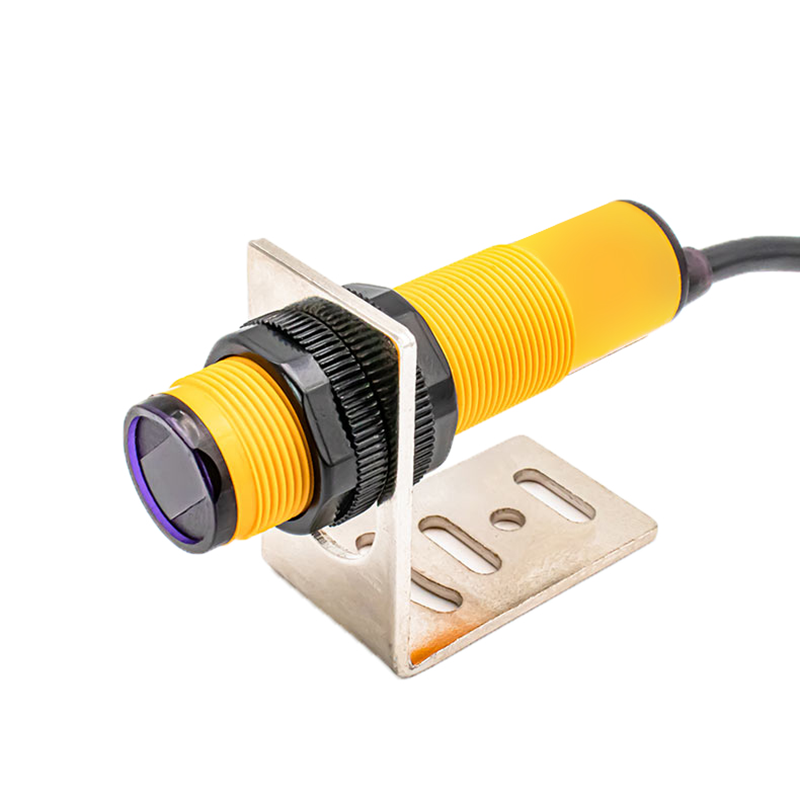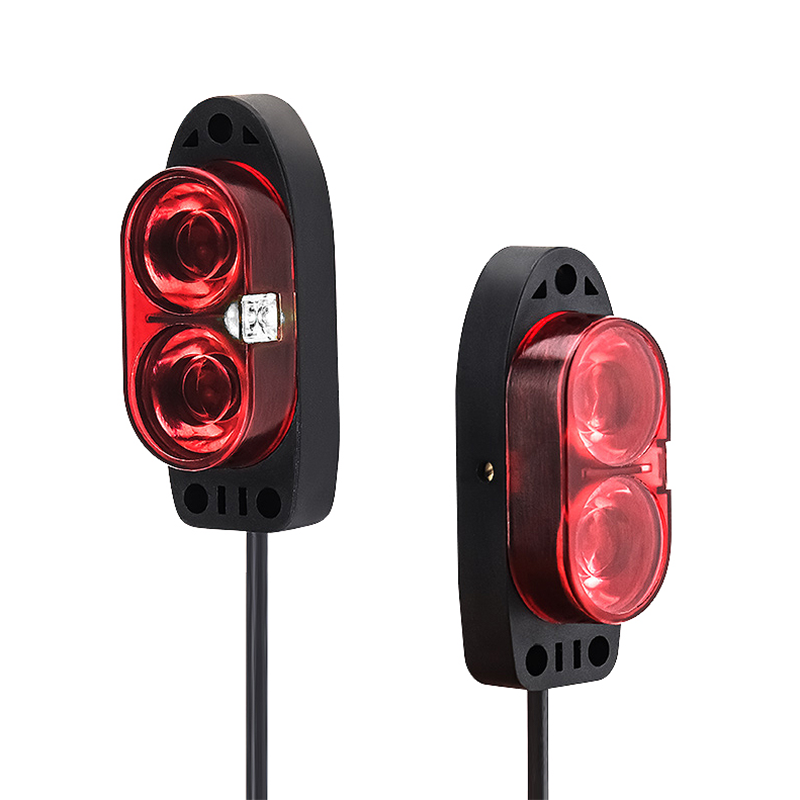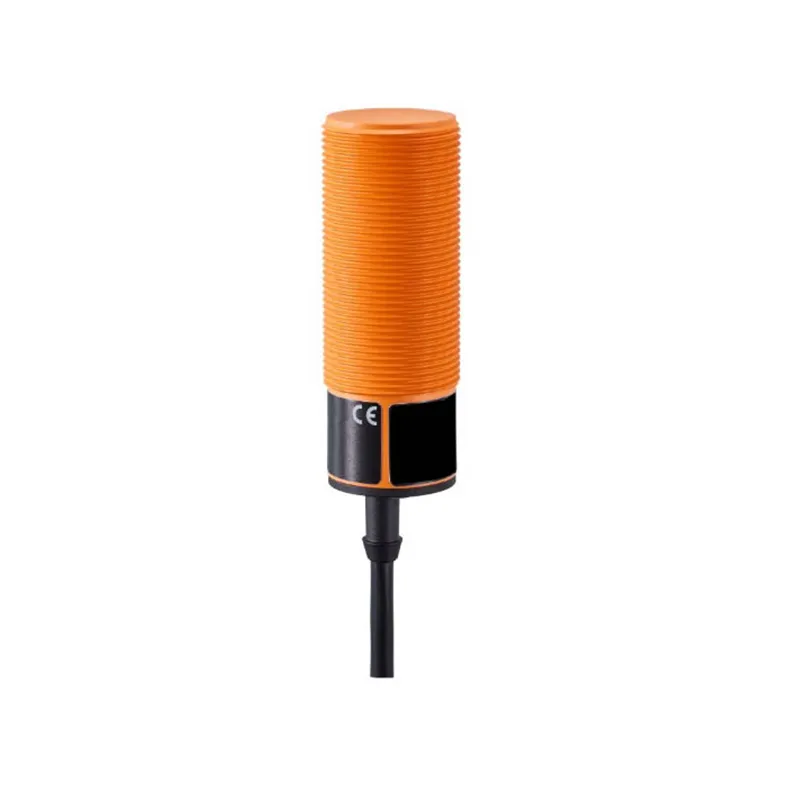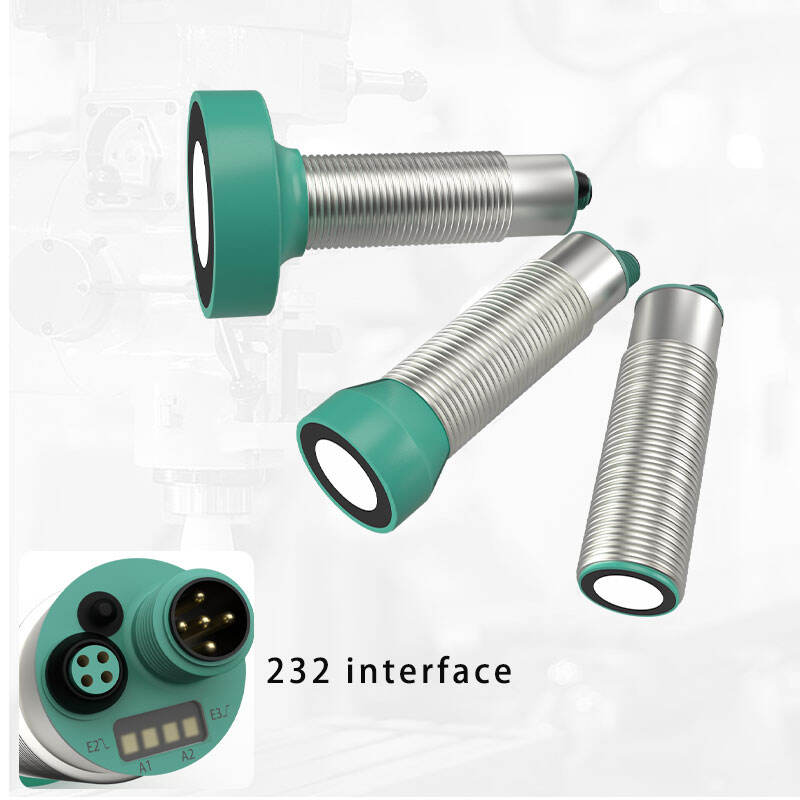switch proximity sensor
A switch proximity sensor is an advanced electronic device that detects the presence or absence of objects without physical contact. These sensors utilize electromagnetic fields, light beams, or magnetic fields to identify nearby objects and trigger a switching mechanism. Operating through either inductive, capacitive, or photoelectric principles, switch proximity sensors provide reliable detection across various industrial and commercial applications. The sensor's core technology enables it to generate an electromagnetic field and monitor changes in this field when objects enter its detection range. When a target object comes within the sensor's specified sensing distance, it automatically triggers a switching output signal. These devices are engineered to deliver consistent performance in challenging environments, offering protection against dust, moisture, and electromagnetic interference. Modern switch proximity sensors incorporate advanced features such as adjustable sensing ranges, LED status indicators, and various output configurations to accommodate different control systems. They can be easily integrated into automated manufacturing lines, security systems, and process control applications, making them essential components in modern industrial automation. The durability and reliability of switch proximity sensors make them particularly valuable in continuous operation scenarios, where mechanical switches would face rapid wear and tear.










